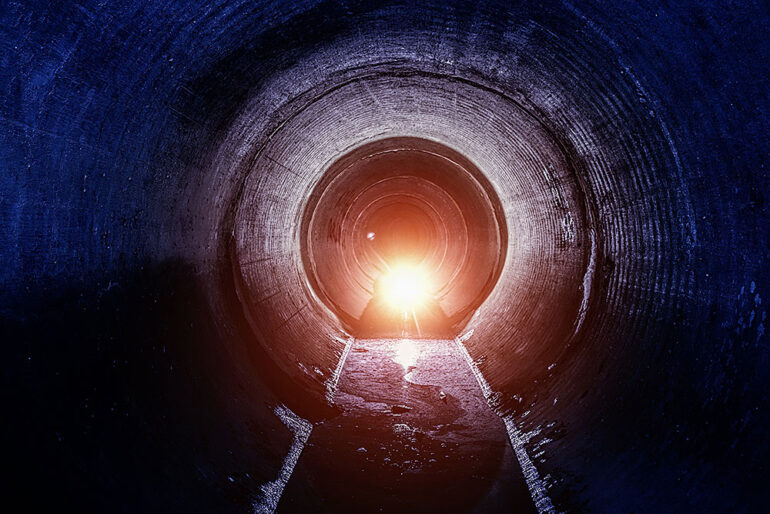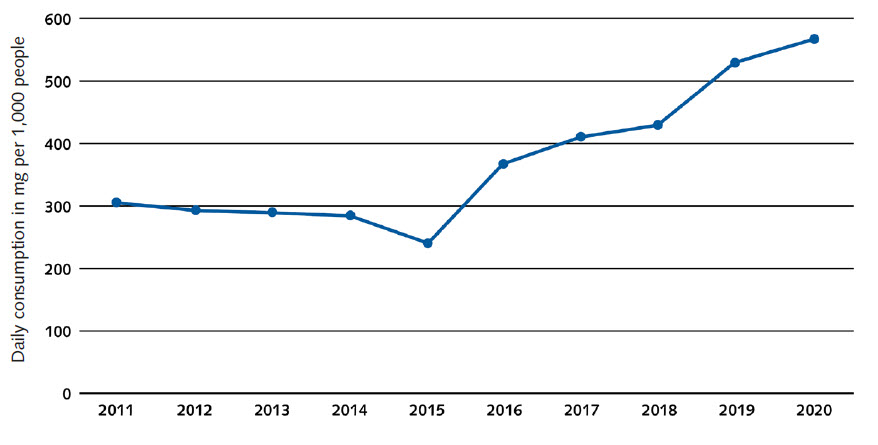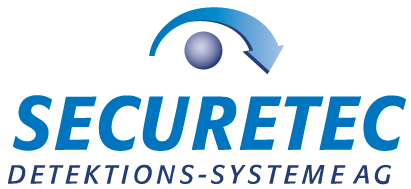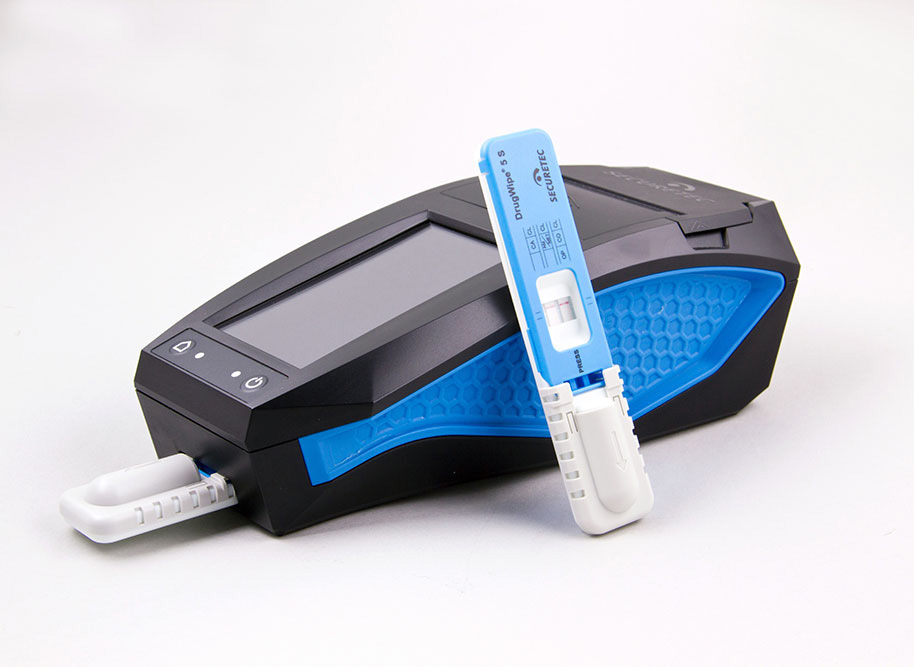
Findings from the underground
It all began in 2011. That was the year of the first wastewater analysis that evaluated the consumption of illegal drugs in 19 European cities. After its success, others followed – in 2020, more than 80 cities in 18 countries participated in the study. Eventually, objective data was used to perform a trend analysis of drug consumption.
Most people turn up their noses to the term “wastewater”. Very few find the malodorous slurry interesting. But it is a little known fact that wastewater holds unimaginable potential. It provides an excellent reflection of our society. Much of what we consume is found in wastewater by analysts, in particular, medication and drugs. Tests specific to the analyte provide evidence of the substance or its degradation products that have been secreted in our urine. This helps in the fight against illegal drugs. Wastewater analyses show where which drugs are consumed and in what amounts. In May 2021, the European Monitoring Centre for Drugs and Drug Addiction published a study summarizing the most important findings of wastewater analyses since 2011. The study clearly showed temporal and geographic differences in drug consumption.
Cocaine is still consumed mainly in western and southern European cities. However, consumption is currently on the rise in eastern European cities, which were previously less affected. In the chart at the bottom of this page, an increase in consumption in eight European cities is evident. For the participating cities in Germany, Hamburg is the cocaine capital, with a daily consumption of almost 460 mg per 1,000 people. Ranked second is Dortmund with a daily consumption of 305 mg per 1,000 people. The leading city in Europe is Antwerp with a daily consumption of 1,175 mg per 1,000 people.
Growing cocaine residue levels in wastewater in eight EU cities from 2011 to 2020

The trend is evident: The average amount of benzoylecgonine (primary metabolite of cocaine) per day in milligrams per 1,000 people is increasing in Antwerp South (Belgium), Zagreb (Croatia), Paris Seine Centre (France), Milan (Italy), Eindhoven and Utrecht (Netherlands), Castellon and Santiago (Spain). The data collected for these eight cities is available annually and was evaluated from 2011 to 2020.
Source: EMCDDA, Lisbon
The highest level of amphetamines in wastewater is found in Northern and Eastern Europe. Residue levels found in southern European cities were significantly lower. The use of methamphetamines is also continuing to spread: the countries particularly affected are Cyprus, East Germany, Spain, Lithuania, Denmark, Norway, and Finland.
The analysis showed a clear pattern in use according to time. Methamphetamine use was distributed evenly over the course of the entire week. The consumption of amphetamines, cocaine and MDMA was demonstrably higher on the weekends. This confirms that these drugs are frequently taken as “party drugs” in order to enhance the user’s experience and stamina in a questionable way.
Cannabis use remained unchanged compared to 2019. The findings of the wastewater analysis indicate that the highest level of drug consumption is in Western and Southern Europe, in particular, in cities in Croatia, France, Spain, the Netherlands, and Portugal. THC was confirmed as the “drug for anyone anytime”. There is no difference between large or small cities and no preferred time frames, as consumption is spread equally throughout the week.
Yet, the possibilities that wastewater analyses offer are by far not exhausted. Work is currently being done to make this type of analysis available for other drugs, drug trafficking, and the manufacture of banned substances, for example, to help locate production sites. However, the wastewater analysis has already demonstrated that it offers clear advantages over other methods and is an effective supplement. These tests are not influenced by subjective bias, as is the case in some surveys comprised of face-to-face interviews. It also makes it easier to classify the substances consumed and to record their quantities. Drug users often do not know the purity level of the substances they take.
The speed with which wastewater analyses provide information on new trends in drug use, even in small geographical areas, offers the opportunity to react quickly using appropriate measures and counterprogrammes.




